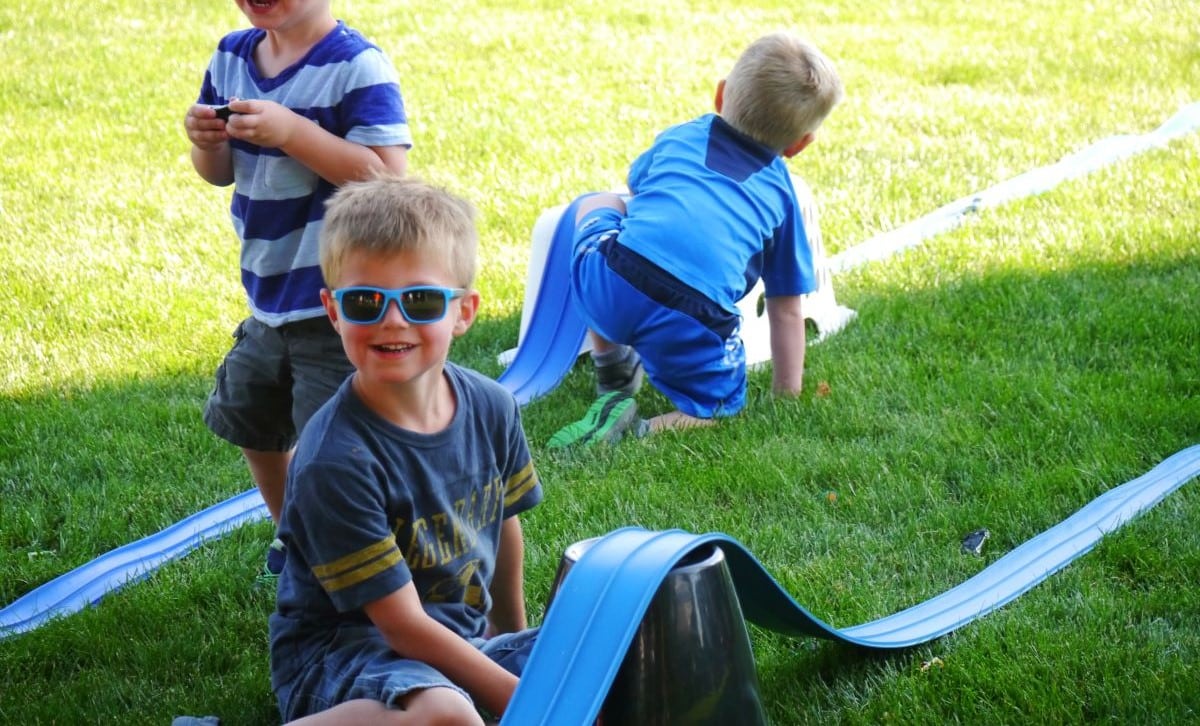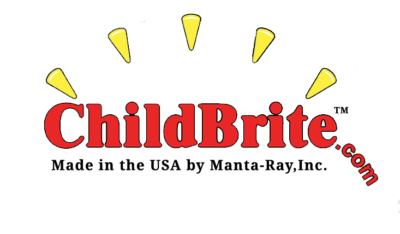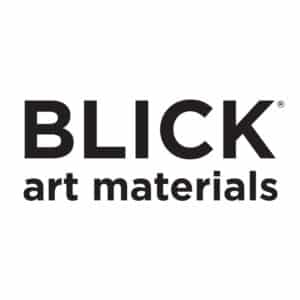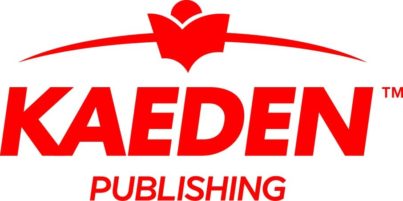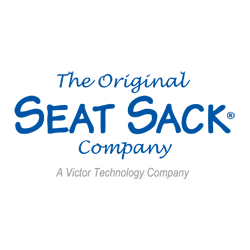By Amy Fuller-Belding
Watching children of all ages engaged in their natural curiosity is exciting. It is as if you can see the wheels of learning turning and developing simultaneously. Engaged learning varies from successful stacking of storage containers to creating an animal made of clay to reaching a target with the fishing pole. Because this type of learning involves physically interacting with materials or environment, it is called kinesthetic learning.
Asking the question, “What happens when I…?” is one of the early stages of the concept of wonder. When children are given an opportunity to discover on their own timeline and with their senses, the learning and understanding deepens. They can see AND feel the results of their thoughts and decisions. That information can then be applied and lead to more questions: “Now, what if I….?”
Kinesthetic learning is one way that STEM (science, technology, engineering and math) concepts come to life. Playing with kinesthetic tools such as containers of various sizes or clay can give children developmentally appropriate experiences with design and engineering.
As children age, what they know to be true because they have seen it and felt it can then be given the vocabulary that accompanies it. Bigger, smaller, taller, wider, heavier, lighter, smooth, straight, curvy, round, square, triangle, and circle can be identified. Those are all words that have a tactile element.
Through kinesthetic discovery play, kindergarten aged children can begin to show understanding of science concepts such as gravity and variables. They can feel different cars, predict which will be fastest, race them down a ramp, and record the results. “What happens if we use the car with the bigger wheels?” They can change the ramp angle, state theories and then test those theories. They could also change the items being raced. “I wonder how fast that ball will go.” The simple yet powerful tools of learning are the cars, the ramps, and the other items raced.
Lower elementary children can build on that base knowledge of forces and interactions through kicking different types of balls including soccer balls, playground balls and footballs. “Why did that ball go that far? What happens if I kick this ball that way?”
Upper elementary students can show understanding of friction by choosing and testing different surfaces that objects move on. Using an example of skating, students could use paper plates and try to “skate” on grass, sand, sidewalks, tile, wood, and carpet. Discussions could extend to different types of bicycles and their tires.
Middle school students can use kinesthetic tools such as varieties of fishing poles and flying discs to show understanding of release angles, speed and velocity in reaching a specific target. They can discover ideas on their own or within a group and apply specific math formulas. They can use scooters and weights to predict and show the concepts such as Newton’s laws, push, pull, momentum, friction and drag. Students would practice using precision with measuring tools such as stopwatches, protractors, tape measures, scales and calculators.
STEM learning in high school often centers on using tools, technologies or models to determine a design solution. Students could choose to adapt equipment that matches a specific person’s needs. For example, due to an individual’s mobility or vision issue getting a zipper started is tricky. Creating prototype solutions could include using a wide variety of materials. “I wonder what might be most helpful?”
Tools are used throughout all areas of life and learning. The most valuable ones could be natural curiosity, wonder and discovery.
Amy Fuller-Belding is the communications specialist with a focus in education at Blu Track, a premium, flexible, two-lane race track designed around the moment of discovery, www.blutrack.com. As a professional educator, she has encouraged active learning through movement and play for students from elementary through the collegiate level.


